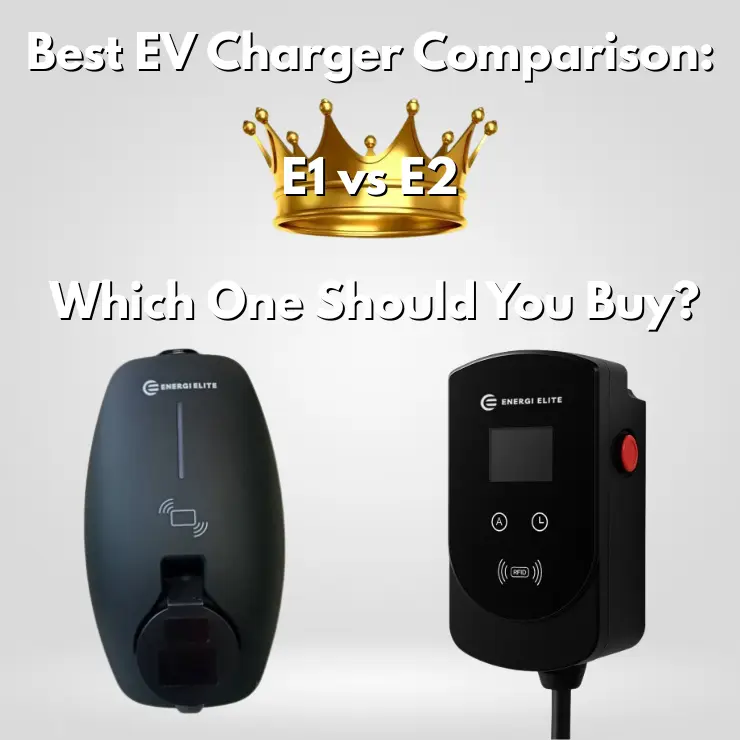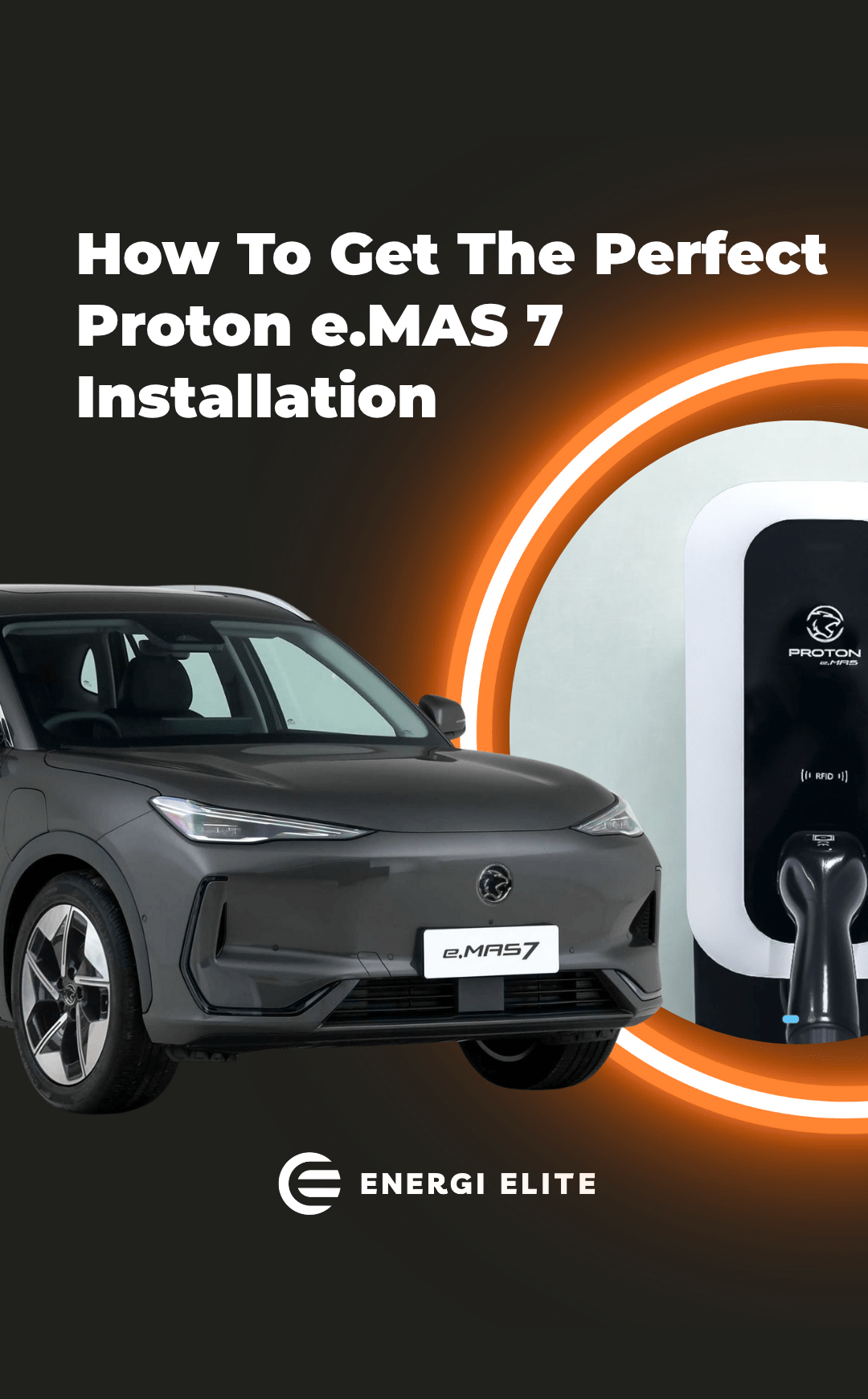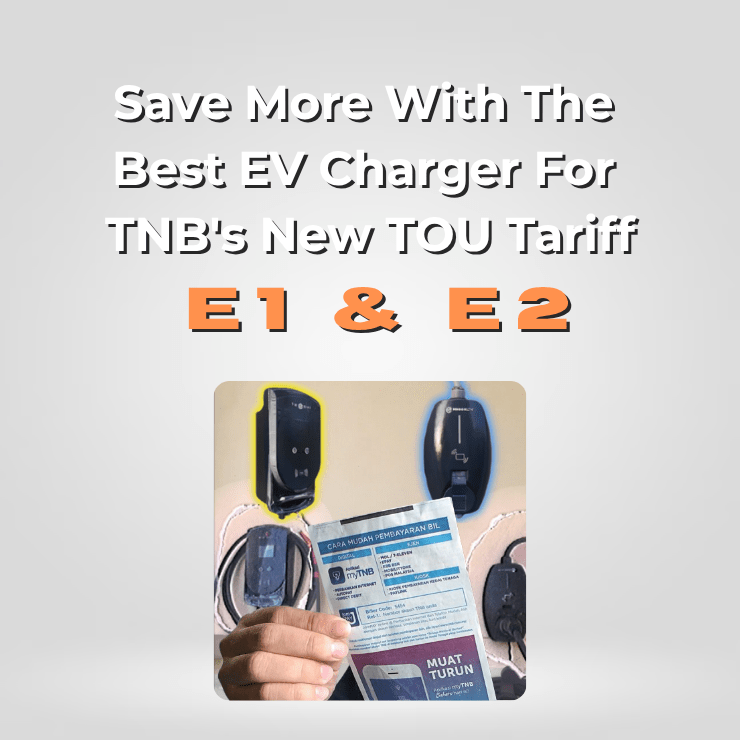Best EV Charger Comparison: E1 vs E2 – Which One Should You Buy?

This quick and informative EV Charger Comparison has been written to present two of the most popular EV chargers currently available—the E1 and E2. These models have been developed to effortlessly support daily charging needs and are engineered with a focus on delivering high-quality performance in EV charging. However, a comparison naturally raises the question: which model offers more relevant features, and which features might be considered redundant?
EV Charger Comparison: Key Differences between the E1 and E2
A noticeable change in design is introduced with the E2, as it has been developed to look over the E1 a refined successor. However, this does not suggest that the E1 is outdated. The E1 has consistently been recognized as a top-selling model even before the launch of the E2. In this EV Charger Comparison, the following 5 aspects will be examined to highlight how the two models differ.
- Portability & Modularity
- Pricing
- Ease of Repair Or Maintenance
- Digital Screen
- Connectivity
EV Charger Comparison :Modularity & Portability

E2
In this EV Charger Comparison, one of the most notable differences that can be observed is the smaller physical footprint of the E2, which was achieved by designing it with portability in mind. A modular approach has been adopted, allowing for the attachment of accessories such as a 3-pin plug adapter for 3 kW charging, as well as an untethered Type 2 cable, offering flexibility in various charging scenarios.
E1
By contrast, the E1 has been designed as a more stationary solution, intended for fixed installation. Its Type 2 cable is tethered directly to the unit, making it a dedicated, ready-to-use charging point. Nevertheless, the E1 remains a reliably built charger, well-suited for home users who prefer a permanent and durable charging setup.
EV Charger Comparison : Pricing

E2
The E2 costs more to adopt compared to the E1 which is to be expected as the value of the EV Charger is added through enhancements of modularity to support portability and quality of charging.
E1
Despite being the underdog in most comparisons, the E1 wins in terms of monetary value. Being the predecessor doesn’t naturally mean that it’s outright outdated. The E1 is more than capable of providing quality charging that your EV requires at the cost of being an non-portable and a fixed installation.
EV Charger Comparison : Ease Of Repair & Maintenance

E2
The E1 is outshone by the E2 in terms of the ability to replace certain parts that are deemed damaged. The modular nature of the E2 EV Charger enables the charging cable to be replaced with a new, fully functioning one or with a longer cable of up to 10 meters, if desired.
E1
The E1’s repairability is considered slightly lower than that of the E2 due to its non-modular design and the inclusion of a tethered charging cable. However, the E1 is regarded as fairly robust, as a durable PCB is housed within it, supported by features that are designed to reduce the likelihood of malfunction in the E1 EV Charger itself.
EV Charger Comparison: Digital LCD Screen

E2
In the E2, the feature of an LCD screen has been intentionally omitted, resulting in a clean and minimalist design that may be preferred by users who favor a more streamlined and uniform appearance. Additionally, reliance is often placed on more modern and simplified indicators, such as LED status lights, the mobile application, or the vehicle’s dashboard, which are commonly used by many EV owners.
E1
In contrast, the E1 has been equipped with a 2.8-inch screen, through which real-time charging statistics can be displayed. This feature is considered beneficial by those who prefer direct, on-device interaction with their EV charger, without needing to refer to the companion app.
Connectivity

A similar level of support is shared by the E1 and E2 in the application sector, where both chargers can be controlled via the same application, allowing for the management of feature sets such as:
- Schedule Charge session
- Monitoring real-time charge status
- Adjusting Current Load
- Real time notifications on errors or faults
The usability of both EV chargers is maintained, as Bluetooth is provided as a backup control method in the event of a Wi-Fi drop. This ensures that charging sessions are not interrupted.
Conclusion
Neither of the EV chargers can go wrong, as a performance that is highly coveted by many customers is provided by both. The E2, being an upgrade, brings a new flair, while the E1 is still considered a great option when compared to the E2.




